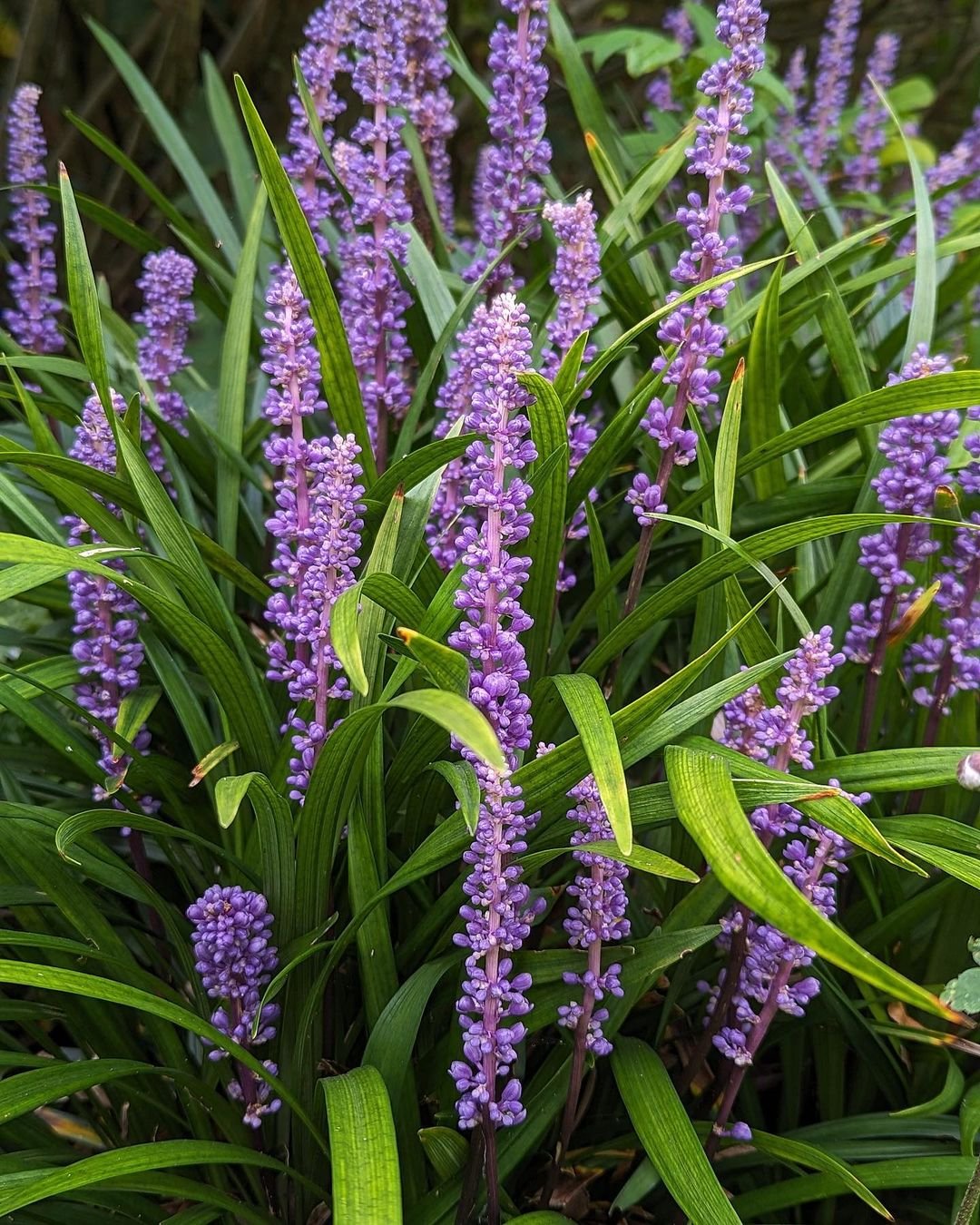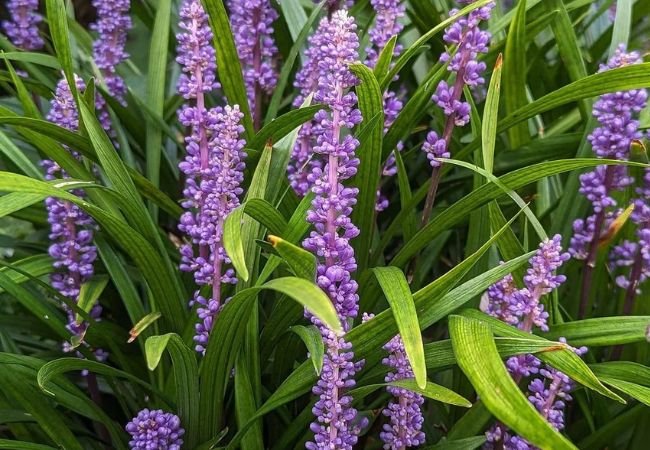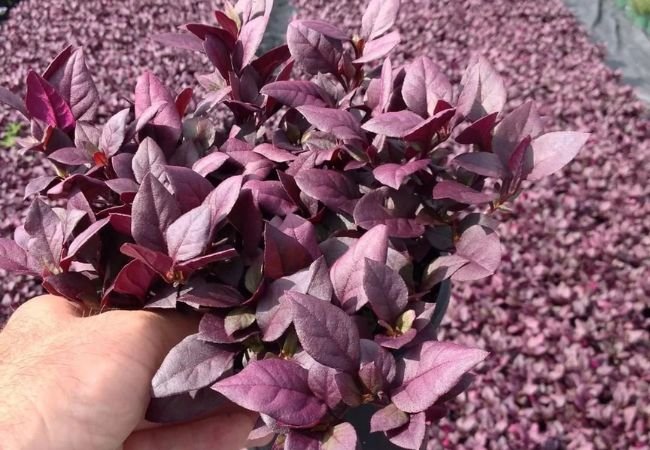Discover how to grow and care for Imperial Gem, known for its elegant appearance. Get tips on planting, maintenance and showcasing this sophisticated plant in your garden.
Are you looking to add a touch of sophistication to your garden? Look no further than the Imperial Gem, a plant that lives up to its regal name. Known for its elegant appearance and relatively easy care, the Imperial Gem can be a stunning addition to any garden or landscape. In this guide, we’ll explore everything you need to know about growing and caring for this beautiful plant.
Here is a chart with detailed information on Liriope muscari:
| Category | Information |
|---|---|
| Botanical Name | Liriope muscari |
| Common Name | Liriope, Monkey Grass, Lilyturf |
| Plant Type | Evergreen Perennial (In Warmer Climates) |
| Hardiness Zone | 5-10 |
| Sun Exposure | Full Sun to Partial Shade |
| Soil Type | Well-drained, Tolerates a Variety of Soils |
| Watering | Moderate, Drought Tolerant Once Established |
| Growth Habit | Clumping, Spreading |
| Height/Spread | 12-18 inches tall / 12-24 inches wide |
| Special Features | Grass-like Foliage, Purple/Lavender Flower Spikes, Low Maintenance, Tolerates Poor Soil, Ideal for Groundcover and Borders |
What is Imperial Gem?

Before we dive into care tips, let’s get to know our plant a little better.
Botanical Information:
- Scientific Name: Liriope muscari ‘Imperial Gem’
- Common Names: Big Blue Lilyturf, Monkey Grass (though it’s not a true grass)
- Family: Asparagaceae
Key Features:
- Foliage: Dark green, grass-like leaves that form elegant clumps
- Flowers: Spikes of small, purple flowers in late summer to early fall
- Height: Typically grows 12-18 inches tall
- Spread: Can spread 12-24 inches wide
- Hardiness: USDA zones 5-10
Growing Imperial Gem
Now that we’re acquainted with Imperial Gem, let’s look at how to grow this elegant plant.
Planting Tips:
- Location: Choose a spot with partial shade to full sun. Imperial Gem is adaptable but prefers some afternoon shade in hotter climates.
- Soil: Well-draining soil is crucial. Imperial Gem can tolerate various soil types but thrives in slightly acidic to neutral pH (6.0-7.0).
- Spacing: Plant 12-18 inches apart to allow for spread.
- Timing: The best time to plant is in spring or early fall.
- Depth: Plant at the same depth as it was in its nursery container.
Care and Maintenance:
- Watering: Water regularly during the first growing season to establish a deep root system. Once established, Imperial Gem is drought-tolerant but benefits from occasional deep watering.
- Fertilizing: Apply a balanced, slow-release fertilizer in early spring.
- Pruning: Cut back old foliage in late winter or early spring before new growth emerges.
- Dividing: Divide clumps every 3-4 years in spring to maintain vigor and control spread.
- Winter Care: In colder regions, apply a layer of mulch around the base of the plant for winter protection.
Showcasing Imperial Gem in Your Garden
Imperial Gem’s versatility makes it a valuable addition to various garden styles.
Here are some ideas for showcasing this elegant plant:
- Border Plant: Use Imperial Gem as a low-growing border along walkways or garden beds.
- Ground Cover: Plant en masse for an attractive, low-maintenance ground cover in shaded areas.
- Container Planting: Grow in containers for a sophisticated touch on patios or balconies.
- Accent Plant: Use as an accent plant in rock gardens or mixed perennial beds.
- Erosion Control: Plant on slopes to help prevent soil erosion.
Common Problems and Solutions
While Imperial Gem is generally low-maintenance, it can face a few issues:
- Leaf Spot: Caused by fungal diseases. Improve air circulation and avoid overhead watering.
- Crown Rot: Occurs in poorly draining soils. Ensure proper drainage and avoid overwatering.
- Slugs and Snails: These pests can damage foliage. Use organic slug pellets or set up beer traps.
- Deer and Rabbit Damage: Imperial Gem is generally resistant, but young plants may need protection.
Companion Plants for Imperial Gem
Enhance your garden’s beauty by pairing Imperial Gem with complementary plants:
- Hostas
- Ferns
- Astilbes
- Heucheras (Coral Bells)
- Hellebores
These plants share similar growing conditions and can create a harmonious, low-maintenance garden bed.
Imperial Gem lives up to its name, bringing an elegant and sophisticated touch to any garden. With its attractive foliage, charming purple blooms, and adaptable nature, it’s an excellent choice for both novice and experienced gardeners.
By following the care tips outlined in this guide, you can enjoy a thriving Imperial Gem display that adds structure and beauty to your outdoor space year-round. Whether you use it as a border, ground cover, or accent plant, Imperial Gem is sure to elevate your garden’s aesthetic.
Remember, the key to success with any plant is understanding its needs and providing consistent care. With a little attention and the right conditions, your Imperial Gem will reward you with its regal presence for years to come.
Learn more about ornamental grasses in landscaping
Discover other low-maintenance perennials for your garden
Happy gardening, and enjoy your new Imperial Gem!
For more gardening tips and plant care guides, visit usagardenhub.com






